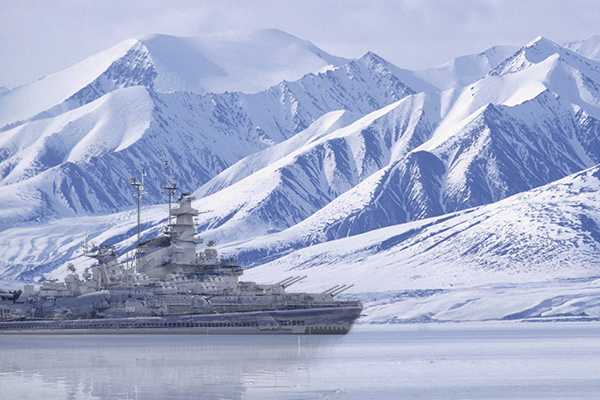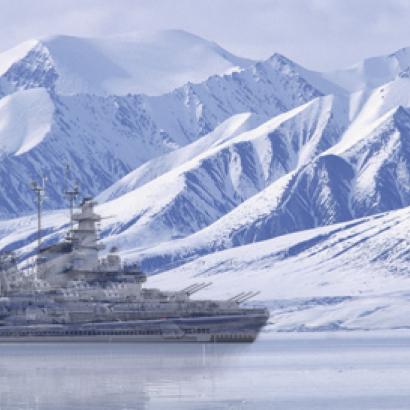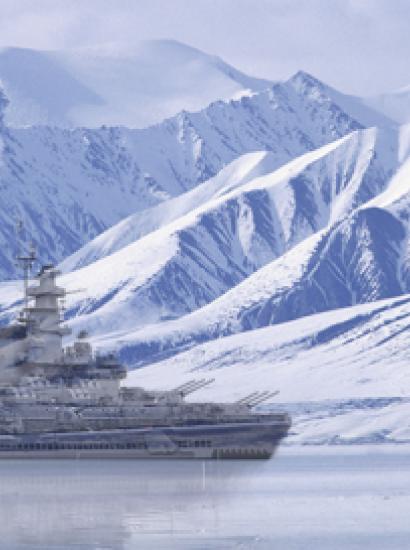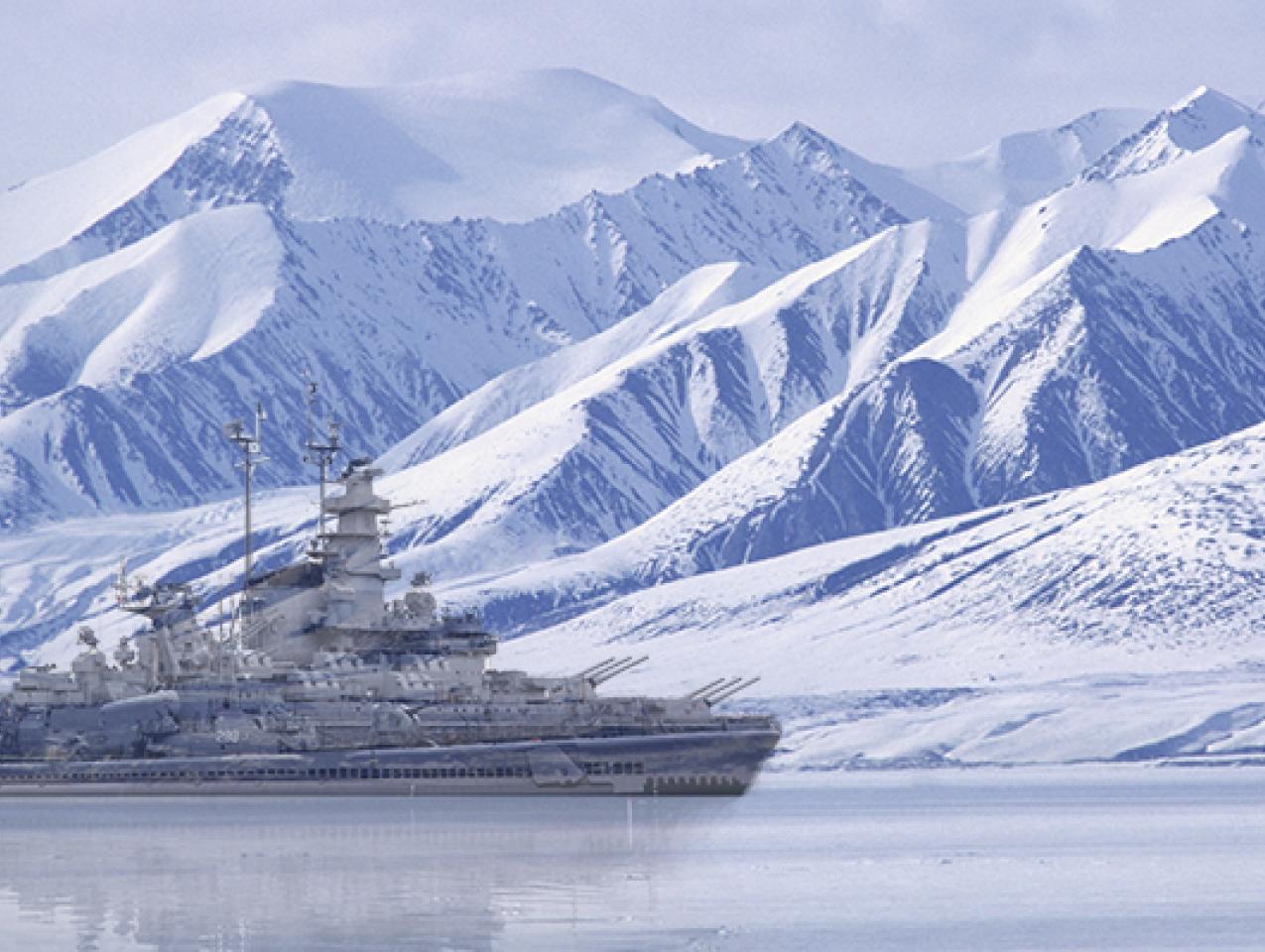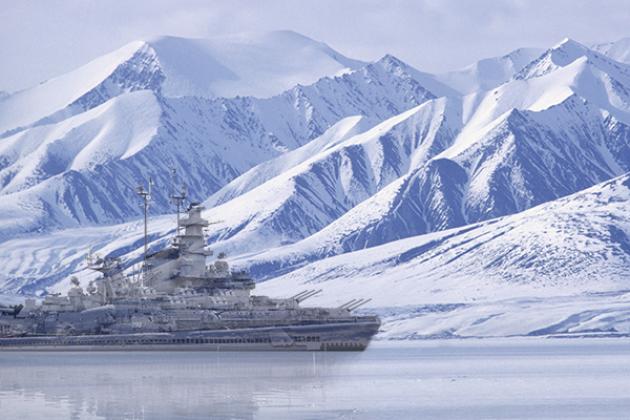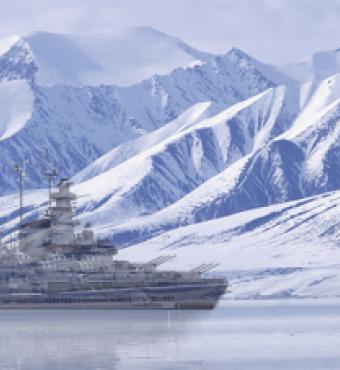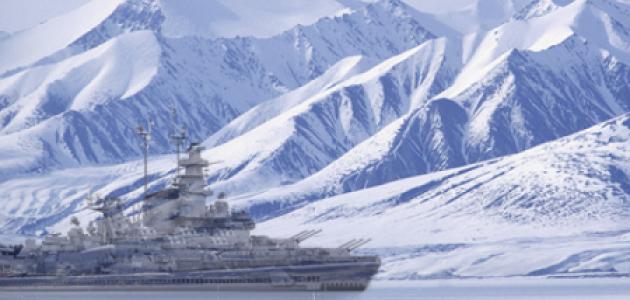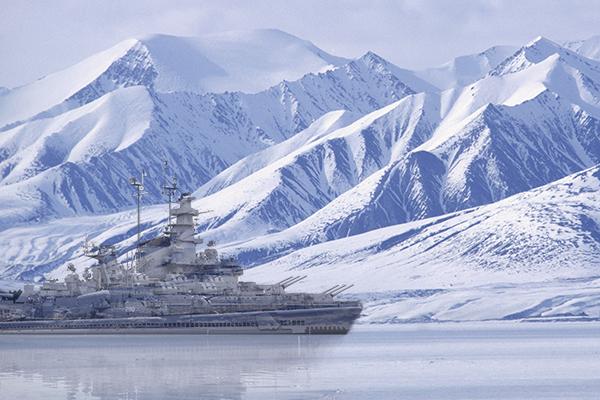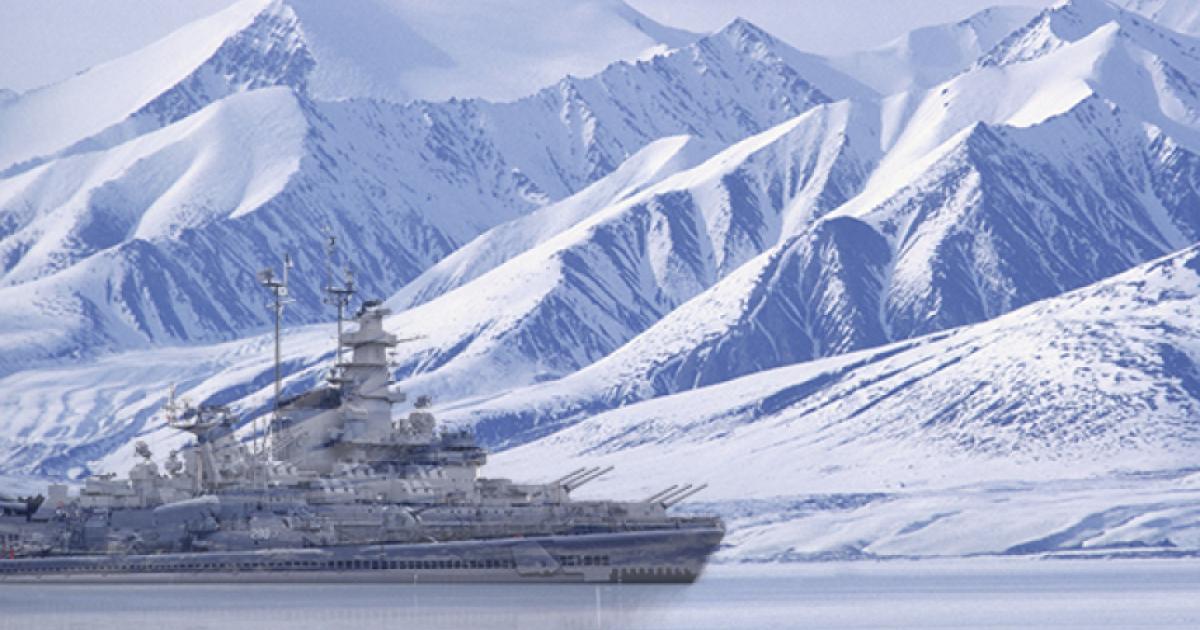- Energy & Environment
- Science & Technology
In his message to the American people about his visit to Alaska next week, President Obama said “The alarm bells are ringing, and as long as I’m president, America will lead the world to meet this threat before it’s too late.” He was talking about climate change. But his words could just as well apply to the strategic moves that are being made in the vast Arctic region to secure its resources and potential.
Russia is taking the lead in Arctic offshore oil production. Russia began producing offshore oil at the Prirazlomnaya field in the Pechora Sea in 2014, and last year it delivered roughly 2.2 million barrels. Gazprom Neft expects to more than double oil production this year from the country’s only offshore Arctic oil project.
China isn’t far behind. Between 2009 and 2013, Chinese companies—mainly the big three, China National Petroleum Corp., Sinopec and China National Offshore Oil Corp. (Cnooc)—were the largest buyers of international oil assets. Several of these acquisitions were made with the Arctic in mind, such as Canada’s Nexen and Russia’s Yamal LNG. Early last year, Cnooc obtained an exploration license for Iceland’s Dreki region in the Norwegian Sea. The company is also expected to be involved in Norway’s 2016 licensing round in the Barents Sea.
Russian and Chinese activity goes beyond a scramble for resources. Russia has added a 6,000-soldier permanent military force, including radar and sensing networks, in the Arctic’s northwest Murmansk region. Russia recently submitted a large extended continental-shelf claim for the Arctic, which, if accepted, will give Russia rights to seabed resources beyond its 200 nautical-mile exclusive economic zone. China’s maritime activity in the region has increased, and it is making significant investments in Arctic research, infrastructure and natural-resource development. Although not an Arctic nation, China sees the value in building modern icebreakers to support its activity in the polar regions—north and south.
The dominant posture Russia and China are assuming with regard to Arctic oil and gas stands in contrast to the U.S. After holding a record-breaking lease sale in the Chukchi Sea in 2007, (and collecting billions of dollars for federal coffers), the federal government has failed consistently to demonstrate it has the political will and agency know-how to allow Arctic offshore oil-exploration to move forward.
It may be convenient to take a “why bother” approach. After all, the cost of energy is down and we see a bright future in the shale boom. However, the U.S. continues to import 40% of its crude-oil needs—nearly half of which comes from OPEC members—at a cost of $23.5 billion a month.
Alaskan energy production from the outer continental shelf can come online in 10 to 15 years, when experts predict shale-oil production in the lower 48 states will plateau and crude-oil production in the Gulf of Mexico will begin to decline.
But the dithering must end soon. According to a recent report by the National Petroleum Council (NPC) and a diverse group of government regulators, nongovernmental organizations, environmentalists, industry leaders and Alaska Native representatives, the federal government needs to facilitate exploration in the offshore Alaskan Arctic now. Failure to act immediately risks a renewed reliance on imported oil and jeopardizes America’s global competitiveness, leadership and influence in the Arctic.
President Obama did the right thing in August by finally allowing energy exploration to proceed in the Chukchi Sea. But the approved drilling permit for Royal Dutch Shell remains the only exploration activity in U.S. waters in the Arctic. Now is the time to ensure that responsible energy exploration and production in the region proceeds at a pace that matches Russia’s and China’s aggressive efforts.
The U.S. recently assumed a two-year term as chairman of the Arctic Council, the world’s primary intergovernmental forum on the region. The council focuses on a broad range of issues but not on defense and security. The U.S. can use its chairmanship to take a leadership position on shipping, resources and fisheries standards and practices. It can also set the stage for constructive regional engagement and cooperative investment to enhance overall maritime domain awareness in the Arctic, including joint search-and-rescue and environmental responses.
The U.S. should also use its leadership role to ensure responsible energy exploration and production in the region, bringing to bear America’s higher standards of operations, more-stringent safety standards, and a more finely tuned risk-management culture than is practiced on the other side of the Arctic Ocean.
As the NPC report revealed, the U.S. needs Arctic energy exploration. Yet by repeatedly putting the brakes on the development of natural resources in the Arctic, Washington has injected uncertainty into its Arctic policy and threatened the future energy security of U.S. citizens. If we subject energy companies to death by a thousand paper cuts that put stifling bureaucracy over national strategic needs, we will cede this critical strategic region to others with grave economic, security and environmental implications for generations to come.







